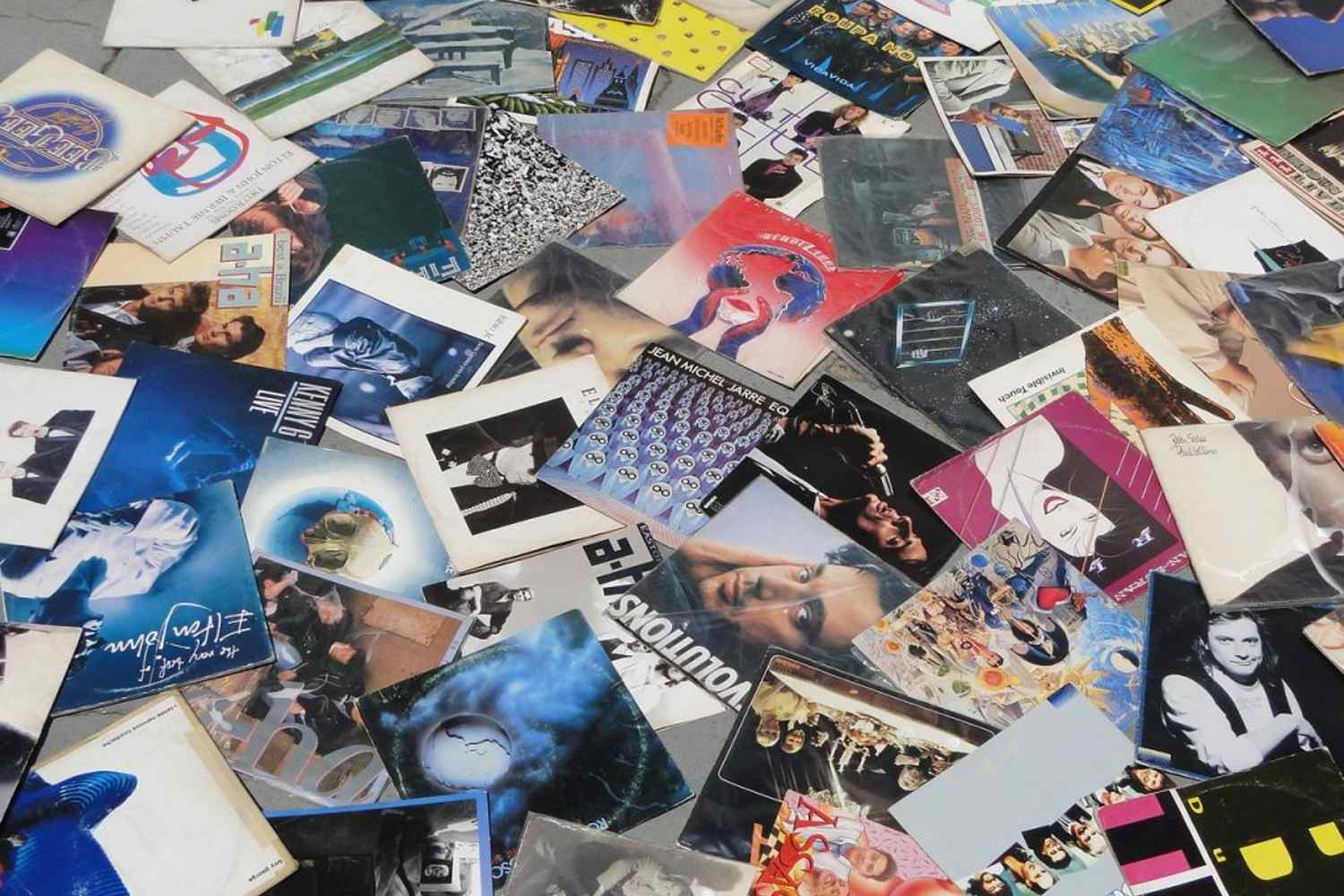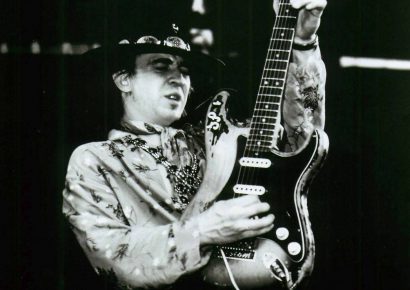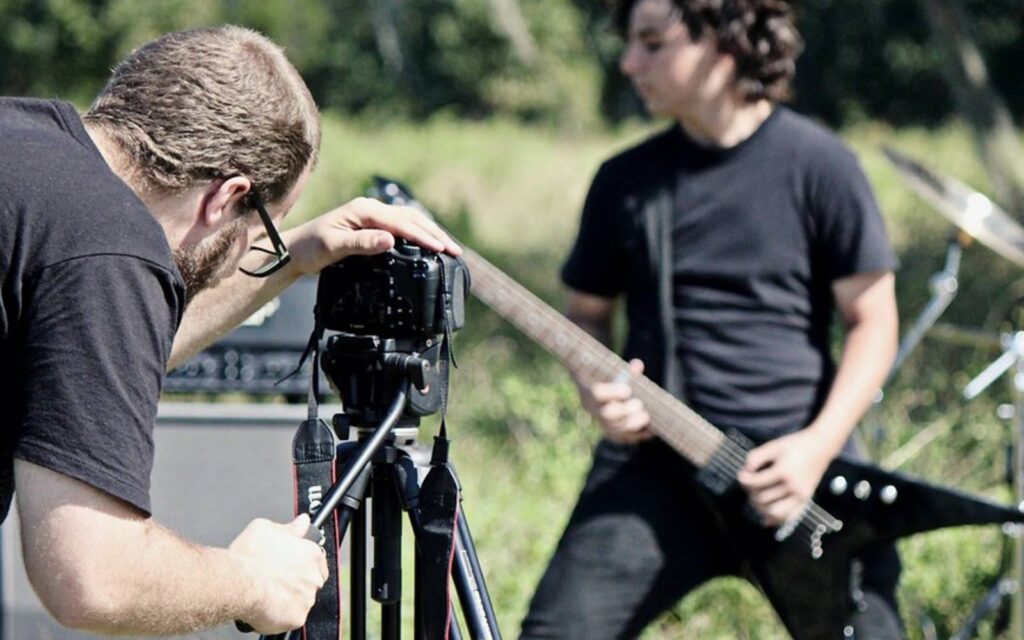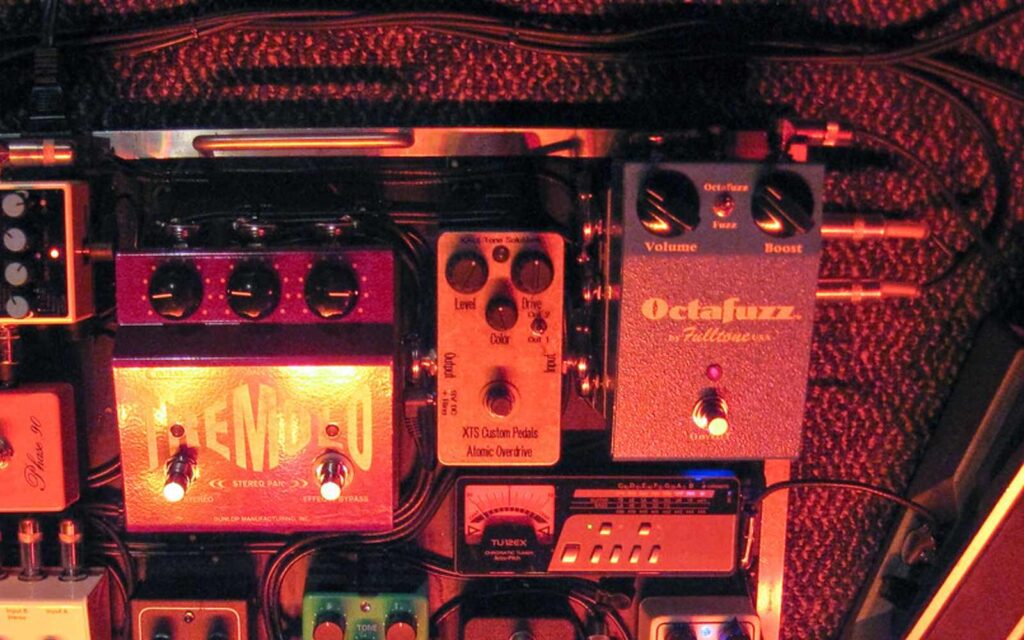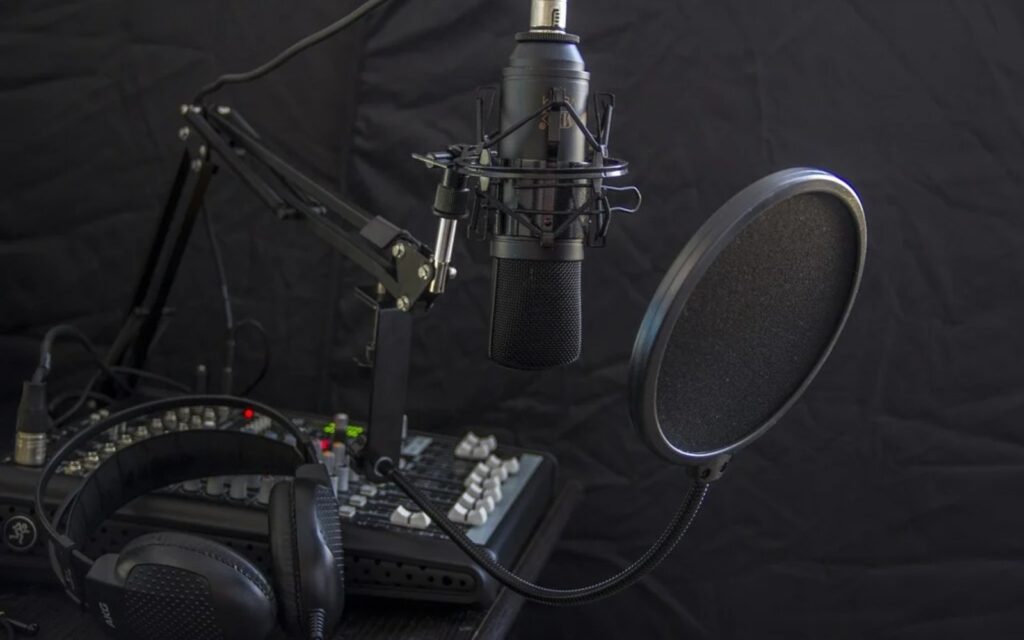In the year of 2025, it seems that even the most fanatical of record collectors have accepted the reality that physical-format music is dying a death. CDs are well and truly buried in the scrapheap of tech history.
Cassette tapes are a novelty item. USB releases never really caught on. And although we’ve seen an uptick in vinyl sales, this figure is utterly dwarfed by the meteoric rise of music streaming. Its arrival has also decimated digital downloading, which notably played the role of executioner in the demise of the CD. So, as it stands now, a massive chunk of all music currently emanating from planet Earth’s loudspeakers was produced, stored, and distributed digitally, without ever having to bother taking a detour into the physical realm. Physical sales, adorned with cover artwork, represent such a tiny percentage of overall consumption that many artists have stopped bothering to print hard copies of their releases at all. For the average muso who is already on the bones of their arse, it doesn’t present a particularly wise investment. Plus, the music industry really doesn’t need to be shitting out more ornamental physical releases when we already have several billion tons of them lying dormant in warehouses, garages, glove boxes and op shops, collecting dust, and making absolutely no sound at all. They’re a ubiquitous anachronism that nobody really knows what to do with; a monument to a bygone heyday when they were our primary way of listening to music. Now the medium has fallen so silent that you can clearly hear its death rattle.
Read all the latest features, columns and more here.
But man, it used to be so good. Any music fan born before the turn of the millennium probably has many fond memories of walking into music and entertainment stores and being faced with an absolute gallery of 12-cm² and 31-cm² artworks lining the shelves. When you think about it, it was almost like an ongoing art exhibition, sans the fanciness. It was an opportunity to clap eyes on some really good visual art, featuring some of the most impactful art pieces of the past few generations. Think about Pink Floyd’s Dark Side of the Moon, Bruce Springsteen’s Born in the USA, Nirvana’s Nevermind, and The Velvet Underground & Nico’s self-titled album, designed and visibly signed by Andy Warhol. These covers have been reimagined, reprinted, and parodied countless times over, and have been studied and appreciated by many sets of eyes belonging to critics, creatives, casual fans, and connoisseurs – art lovers from all walks of life. Works such as these have been enormously influential on the visual art medium as a whole, and yet it was the olde record shoppe which served as the unassuming platform for their unveiling. Most patrons walking through the door would obviously consider themselves to be mere shoppers rather than aesthetes, but the fact is you could have a great time in there without even buying anything.Since those halcyon days, many nostalgic folk have come to lament the loss of music and entertainment shops and the vibrance, culture and rituals that accompanied them. But alas, you can’t artificially prop up an ecosystem which has died a natural death. So, the beloved gallery has all but ceased to be. Yet, the art form itself has remained. In fact, ‘cover art’ is as alive as it’s ever been. Every new release still has accompanying artwork, even when the music isn’t distributed in physical form. That’s because the artwork itself was the thing that held the value, not the tangibility of its medium or environment. Because even though – once upon a time – the artwork functioned as package decoration for music as a retail product, it is more accurate to say that the product’s packaging functioned as a container for the artwork. You wouldn’t buy a CD and then throw out the booklet like it was a cereal box. Conversely, many collectors actually began to store these booklets in display folders, and instead sent their stacks of empty jewel cases to landfill – their useless bulk discarded like chaff after its more valuable contents had been harvested by the discerning consumer. And now, even those display folders are becoming little more than wasted space. Another useless piece of nostalgia impedimenta that we’re reluctant to let go of for reasons we can’t articulate, making hoarders of all of us.
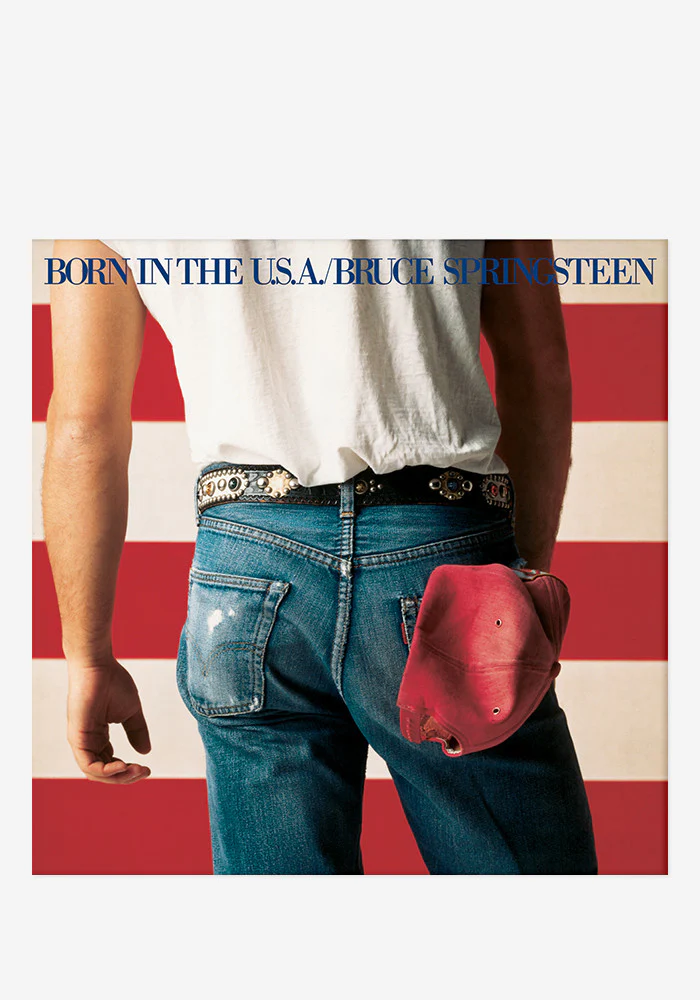
Maybe music just isn’t something we can really collect anymore in the same way we used to. Perhaps now we must derive our satisfaction simply from experiencing the music and looking at the artwork in digital form, rather than from proudly possessing a personal library. All the works that comprised a traditional album package are still there to be appreciated, only they’ve been transmuted. And for this reason, the marriage of recorded music and visual art is just as strong and essential as ever. In fact, in a media landscape that is becoming increasingly more visually dominated, it might be more necessary than ever to produce quality, eye-catching cover art. It’s certainly not the time to skimp on it, just because it’s not being printed onto glossy paper and cardboard anymore. With the proliferation of online media platforms, cover art has to be spread far and wide in order for any new release to maximise its reach. And if that reach results in some online attention, God knows the cover art is going to be replicated again and again. For example, a reverse image search of Ed Sheeran’s Divide yields 500 results of the same cover on Google alone. So it’s kind of important to make sure your cover doesn’t suck.
Cover art is and always has been a visual representation of the music it’s packaged with; it’s a companion which seeks to reflect the mood and ethos of the release. Ultimately the audio is more important, but as any good chef will tell you, presentation informs taste. The cover art influences the listener’s response to the music, undoubtedly. And like it or not, people judge a book by its cover. The very fact that we have an aphorism telling us not to judge by cover implies a natural propensity for human beings to do an awful lot of presumptuous cover-judging. I cover-judge a shitload. I’ll be damned if I ever stop, especially in today’s oversaturated music world. If a cover is cringe, unintentionally funny, or just plain boring, it’s far more likely I’m going to pass it by. Or perhaps its imagery and iconography just doesn’t signal a style that’s compatible to my tastes, which means it’s doing its job. Does all of this mean I’m probably missing out on some great music simply because the cover art missed the mark? Absolutely it does, but that’s basic heuristics, and it’s indicative of how the average music consumer scans the overwhelming cascade of new material offered to them every week. Because image is a huge part of the appeal in a music act, any musician who overlooks this does so naïvely. The acts that have really stood the test of time are mostly those who really struck gold with their image and made sure that the visual side of their craft remained interesting and appealing. Cover art is a huge part of that overall package. Botch that, and it means the visual design of your whole album cycle revolves around a tarnished centrepiece. When promoting a new release, so many of the visual elements draw inspiration from the cover art: posters, music videos, photography, outfits, stage sets, the works.
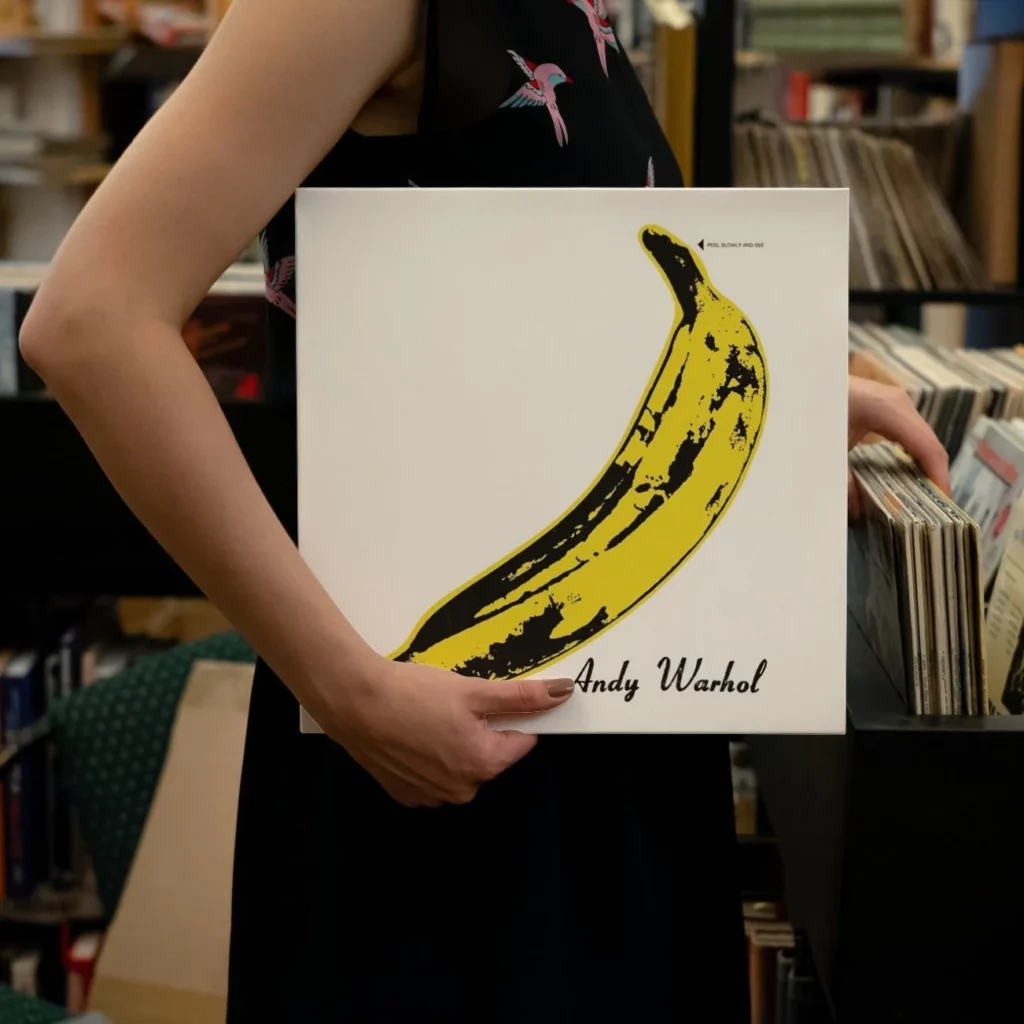
Nowadays, the extent of the cover art’s influence is multiplied. Every new release requires a digital marketing campaign to ensure it’s not just another falling tree in an uninhabited forest. You need graphics galore, you probably need some video, some written copy, and all that jazz. In short, you need content. I’m not going to sit here and rattle off a complete list of deliverables, but if you consider that you need to be active on at least five major social media platforms – virtually all of which have different templates, different specifications, functionalities, and demographics – that should start to give you a picture of just how much visual media you need to pump out. And if you think you can just slap it all together as an afterthought, you’re wrong. It can very quickly become an incongruent mess, and before you know it the campaign rollout has become a trainwreck. Brand guidelines are a thing for a reason, even if they aren’t the most entertaining of reads, usually containing 30 pages of dry, corporate joy. Of course, an independent band can’t be expected to compile such a tome themselves, but a good, well-thought-out cover art package is the next best thing. And the good news is that it’s never been more achievable.
The modern musician has so many ways of finding good art; it’s yet another saturated field full of people who are setting up shop online in the hope of finding audiences and clients, much like the music industry at present. They are two communities living in parallel who both need each other. Why more musicians don’t reach out to proper artists-by-trade is beyond me. Even in this day and age, bands will get art done by their mate “who can draw” or “who knows Photoshop”. I’ve seen way too many indie bands whack some whimsical font on an iPhone photo and call it a day. Either that or it’s some ‘intentionally bad’ MS Paint style crap. Another classic is the painfully un-self-aware metal band who tries to comp together an ambitious array of JPEGs into what they think is a subtextually rich piece of surrealism, but ends up looking like a hellscape of discordant image manipulation assembled under duress. And these abominations persist as if there weren’t tens of thousands of artists active on Artstation, Behance, DeviantArt, or even Instagram, who are enthusiastically willing to collaborate with other creatives and establish their name in other mediums. Spend an hour or so searching these platforms and you’ll quickly compile a shortlist of artists that’s longer than you even need. Write a professionally worded message to each of them explaining who you are, what your project is, and why you’ve contacted them specifically. Politely ask if they’re interested and what their rates are, and you’re bound to get a response from a few of them. Before you know it, you’re corresponding with a helpful, professional artist willing to dedicate their time, expertise, and imagination to your vision, often for less than 1000 dollary-doos (a.k.a. Australian dollars).
This whole process is supposed to be exciting and enjoyable, not a chore. It’s so impressive, the sheer amount of world-class art being produced these days. There is portfolio after portfolio of people who are standing on the shoulders of giants and are using increasingly powerful and sophisticated technology to produce slick, imaginative artwork at unprecedented rates. Exploring it is a dopamine rush that quickly becomes addictive, much like how music shopping used to feel back in the day. It’s yet more stimulating to peruse different styles of art and visualise how your own ideas and mental imagery could be brought to life in a similar fashion. You will naturally find yourself constructing a more detailed mental picture of how your cover art might look, or how you could translate the concepts of your music into a visual story. It’s a creatively enriching process, and one that contemporary acts ought to be engaging in.
Perhaps musicians don’t take this route because they want to work with homegrown talent and people within their network. This I completely understand. Working with local artists is beneficial for the creative community, it fosters grassroots reciprocity, and adds a layer of authenticity to the look and feel of the product. But this shouldn’t come at the expense of quality. Nor does it have to. All it takes is a bit of research and immersion in the local arts scene. Art exhibitions at galleries or festivals are a no-brainer for those who want to get out and about to do their scouting and networking. But discovering local talent is just as easy to do from your home office. As long as artists are duly credited, then even web articles or social media posts will point you in the right direction. For example, if you see a piece of photography that really strikes you, then find their profile and message them. Similarly, if you stumble across a good-looking website, then check out their ‘About’ page and see who’s on the design team. Also, think back through some of your favourite album covers from other local acts and find out who they’re by. If your eyes are open, there are potential leads everywhere you look. And failing that, hashtags and location filters make it very easy to search for artists by region. If you don’t wind up feeling spoilt for choice, then you’re doing something wrong.
Whether the scope of your artist hunt is international or local, you will likely be overwhelmed by what’s out there. It’s easy to justify putting it off. For starters, how do you know who’s worth approaching? Which artists are open to doing cover art? Which artists are affordable? And which artists will be good to work with? For the most part, it’s just a matter of asking the questions. Most artists are happy to do cover art, but if it isn’t their wheelhouse, they’ll just tell you. If the price they quote is too high and you have to decline their services, they won’t be offended; they probably have multiple demanding projects on the go already. And to fully know the calibre of someone’s quality as a collaborator, you do just have to work with them and see how it goes. But look out for warning signs, of course. See if they’re well-rated and try to determine their overall reputation. Make sure you have a good gut feeling about the way they communicate. And don’t be afraid to prioritise based on your own first impressions when viewing their profile. How well do they present, brand, and market themselves? Does the presentation of their portfolio across their numerous platforms feel nice, professional, and well-organised? As vague as it sounds, if they give you good vibes, then they’re probably a better choice. It may feel presumptuous, but an artist with a solid online presence and portfolio is likely to deliver a better product and better service, much like how a good signage company is probably the one whose building has good-looking signs on it. God knows that the average music listener explores new music in an equally cursory manner, so why not team up with someone who knows how to grab an audience’s eye, and commission a piece of artwork that stands out in a world of busy, eclectic news feeds?
At the end of the day, your cover art is an extension of your music. The same themes, emotions, and source material that inspired the music should be drawn upon to create a visual equivalent or companion piece. If you’ve spent days, weeks, or years crafting a sonic experience, and you’ve expended all this energy to make sure it’s as good as it can be, then the cover art has to be something you also take pride in. The job is not done until all the multimedia linked to the release has also been completed. That may sound daunting and maybe demoralising, because it takes a lot of planning, ideation, and general brain strain to devise and create all the necessary elements. But that’s why you need to jump in with both feet and find the enjoyment that this side of the project offers. And like any major artistic undertaking, it can only pick up momentum and begin to snowball once the first ball gets rolling. You have to focus on one thing at a time; that’s how most of us are wired. So that’s why I suggest starting with the artwork and going deep with it. It’s a way of establishing the primary genre, iconography, semiotics, style, mood, colour scheme, typography, and other principles that will then govern the design of your subsequent marketing material, and perhaps even the narrative of your music video. Cover art was always so much more about the ‘art’ than the ‘cover’. It shouldn’t be treated as secondary or superficial, and it shouldn’t be phoned in. In the monolithic cyborg that is our modern, cosmopolitan artistic community, independent bands and artists have more choice and control over their artistic direction than ever before. There’s no excuse for bad artwork these days. Virtually any visual concept can be brought to life if you connect with the right artist and co-operate healthily. If musicians don’t strive to achieve this, then not only are they short-changing themselves in terms of exposure, but they’re denying themselves an opportunity to engage more deeply with their own music, and they’re missing out on opportunities for creative and professional growth.
Keen to learn more? Read more about album art in the age of music streaming here.
